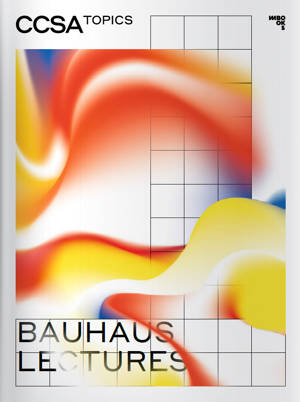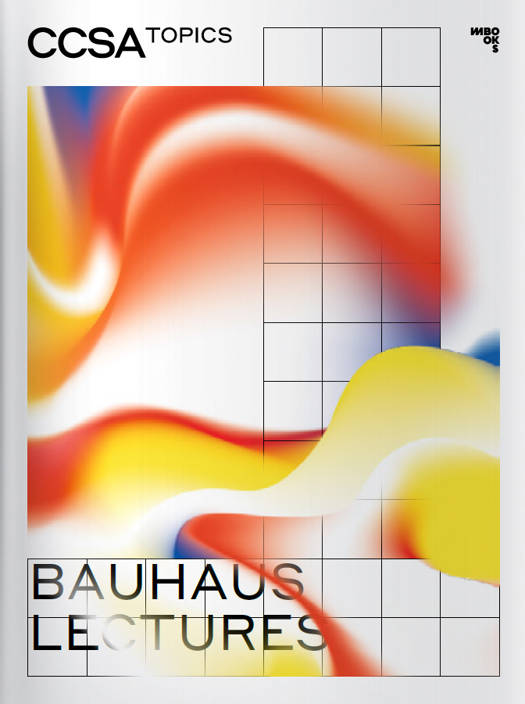
- Retrait gratuit dans votre magasin Club
- 7.000.000 titres dans notre catalogue
- Payer en toute sécurité
- Toujours un magasin près de chez vous
- Retrait gratuit dans votre magasin Club
- 7.000.0000 titres dans notre catalogue
- Payer en toute sécurité
- Toujours un magasin près de chez vous
Bauhaus Clouds
Challenges to the Nebula of Architectural Histories and Archives
38,45 €
+ 76 points
Description
What do we want to keep and what narratives to we want to pursue while judging about the meaning of architecture today? Although these may sound straightforward questions, answering them poses new methodological challenges. To start with the very canonical narratives around the Bauhaus School, which have recently been celebrated as a tool for hysteric cultural consumption than a moment for reflecting upon the historiographic operations that dominate such discourses.The Bauhaus as we know it did not exist. It is actually a complex of cliches, unilateral interpretations, ideological usurpations, misunderstandings, tendentious receptions and historical narratives. Not surprisingly it was celebrated as supposedly the most important art school of modernity's heroic age simultaneously documenting quite the opposite: The degeneration of art and architecture in the age of capitalism."Bauhaus Clouds" adopts this questioning as a point of departure for action. On the one hand, it addresses the constructs of new narratives that place the architectural archives at the center of the Bauhaus debates. It begins with the understanding that archives and the architectural collections are neither crystallized nor neutral statements. On the other hand, it investigates to what degree the architectural narratives and operations on the idea of the Bauhaus have affected societies' constructs of remembered experiences of the past in the current process of the architectural culture, as well as the society's relation with the building culture at large."Bauhaus Clouds" is the result of conversations initiated in the CCSA Bauhaus lectures performed in the auditorium of the DAM between 2018 and 2019. The book has been conceived as a series of critical essays that aimed at repositioning Bauhaus historiography and the institutional collections of architectural records.Proceedings of the Bauhaus Lecture Series of the Center for Critical Studies in Architecture (CCSA), a research cluster between the Goethe University of Frankfurt, the Technical University of Darmstadt and the Deutsches Architekturmuseum.
Spécifications
Parties prenantes
- Editeur:
Contenu
- Nombre de pages :
- 260
- Langue:
- Anglais
- Collection :
- Tome:
- n° 3
Caractéristiques
- EAN:
- 9783944425160
- Format:
- Livre broché
- Dimensions :
- 170 mm x 240 mm

Les avis
Nous publions uniquement les avis qui respectent les conditions requises. Consultez nos conditions pour les avis.





